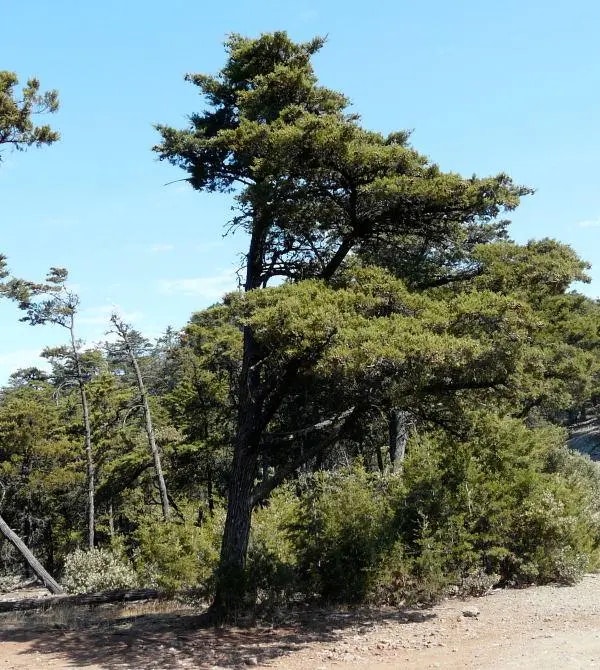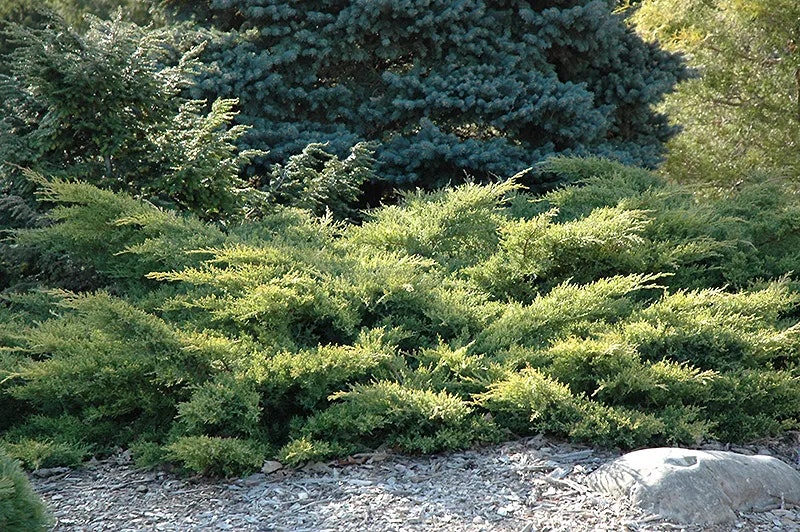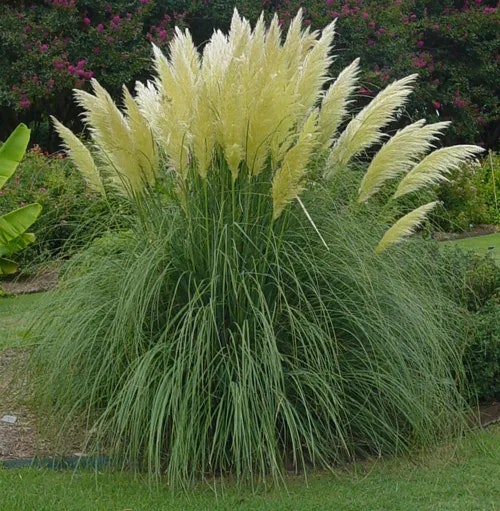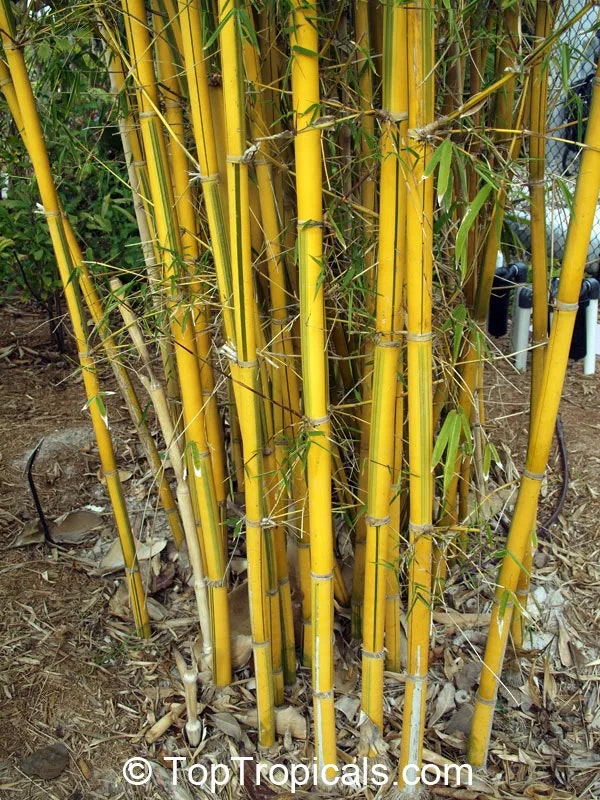COMMON HAZARDOUS PLANTS
All plants can burn if dead, poorly maintained, or drought stressed
The SHFPD is targeting for removal these common species that typically share one or more of these characteristics: they may be biologically prone to burn due to chemical composition (often containing volatile oils); are difficult to maintain in a fire-resistant state (they accumulate dead woody material, dead leaves, or other hazardous dead growth); they may have a physical structure that presents challenges to routine maintenance (some thorny or dense shrubs that accumulate dead material in locations where it is difficult to remove); they may have a high surface area to volume ratio (such as fine needles or lacy leaves); they may be prone to rapid changes in moisture content in response to environmental conditions (they may be adequately hydrated one day, but lose moisture within hours when exposed to hot, dry weather).
ARBORVITAE Thuja spp.

Thuja is a genus of coniferous trees in the Cupressaceae (cypress family). There are five species in the genus, two native to North America and three native to eastern Asia. The genus is monophyletic and sister to Thujopsis.They are commonly known as arborvitaes, (from Latin for tree of life) thujas or cedars.Thuja are an extremely fire prone species, and should not be planted in the defensible space zone or near driveways or roadways.
CYPRESS Cupressus spp.

They are evergreen trees or large shrubs. The leaves are scale-like, arranged in opposite decussate pairs, and persist for three to five years. On young plants up to two years old, the leaves are needle-like. The cones are long, globose or ovoid with four to 14 scales arranged in opposite decussate pairs; they are mature in 18-24 months from pollination. The seeds are small, 4-7 mm long, with two narrow wings, one along each side of the seed.Many of the species are adapted to fire, holding their seeds for many years in closed cones until the parent trees are killed by a fire; the seeds are then released to colonize the bare, burnt ground. In other species, the cones open at maturity to release the seeds. The fast-growing hybrid Leyland cypress, often found in gardens, draws one of its parents from this genus (Monterey cypress C. macrocarpa).
JUNIPERS Juniperus spp.

Junipers are coniferous plants in the genus Juniperus of the cypress family Cupressaceae. Junipers (Juniperus spp.) are one of the hardiest, most versatile and drought-tolerant shrubs. They are also one of the most fire prone species, and are sometimes referred to as a "gasoline bush" by firefighters. They are conifers with prickly young foliage that becomes flatter and softer with age. All junipers should be removed within 100' of structures or 10' of roads and driveways (as required by fire code adopted by Marin fire agencies). Additional clearance may be required depending on the site and local conditions. Juniper does not belond in the landscaped environment or defensible space zones of structures in California.
FIRESafe MARIN recommends that junipers be removed within 100' or structures and 10' (minimum) of roadways and driveways. Period.
PAMPAS GRASS, JUBATA GRASS Cortaderia spp.

Cortaderia selloana and Cortaderia jubata, Pampas grass or Jubata Grass, are species of grass known by several common names, including purple pampas grass and Andean pampas grass. Jubata is similar to its more widespread relative, the pampas grass Cortaderia selloana, but it can get quite a bit taller, approaching seven meters in height at maximum.
All Corataderia are fire prone and should be avoided or removed in the defensible space zone.
BAMBOO

Bamboo includes more than 1500 species in 6 "tribes" - all are considered fire-hazardous when planted in Marin's climate. Bamboo is commonly grown as a screen or hedge. Bamboo should be removed within 30 ' of structures or 10' of roads and driveways according to the fire code adopted by Marin fire agencies.
No bamboo genus or species is “nonflammable” because they all share the same woody stem structure (culms) and other fire prone characteristics. All bamboos form tight clusters of culms (stems). These tight masses of stems tend to accumulate lots of decay resistant, dead material and inhibit the removal of internal dead culms. They all shed dead, shaded out leaves while retaining dead leafless twigs. Leaf and culm sheaths also get caught up in the dense clumps of culms and dead culms are often buried in the dense clumps of culms making it difficult to impossible to remove them. These characteristics are shared by all bamboos and cause all bamboos to be fire prone.
Some bamboo species are shorter and have more slender culms then others, and therefore have less fuel volume. However they also lose their live fuel moisture more quickly when exposed to hot dry winds compared to species with larger culms. Many species of bamboo are “runners” which means they can expand their clump size rapidly by means of underground rhizomes (modified underground horizontal stems). Dense bamboo screens are typically used between homes and along roads to screen unwanted views and provide privacy. There are other plants, both natie and non-native, that can create suitable privacy screens while exhibiting lower fire hazard and easier maintenance.
